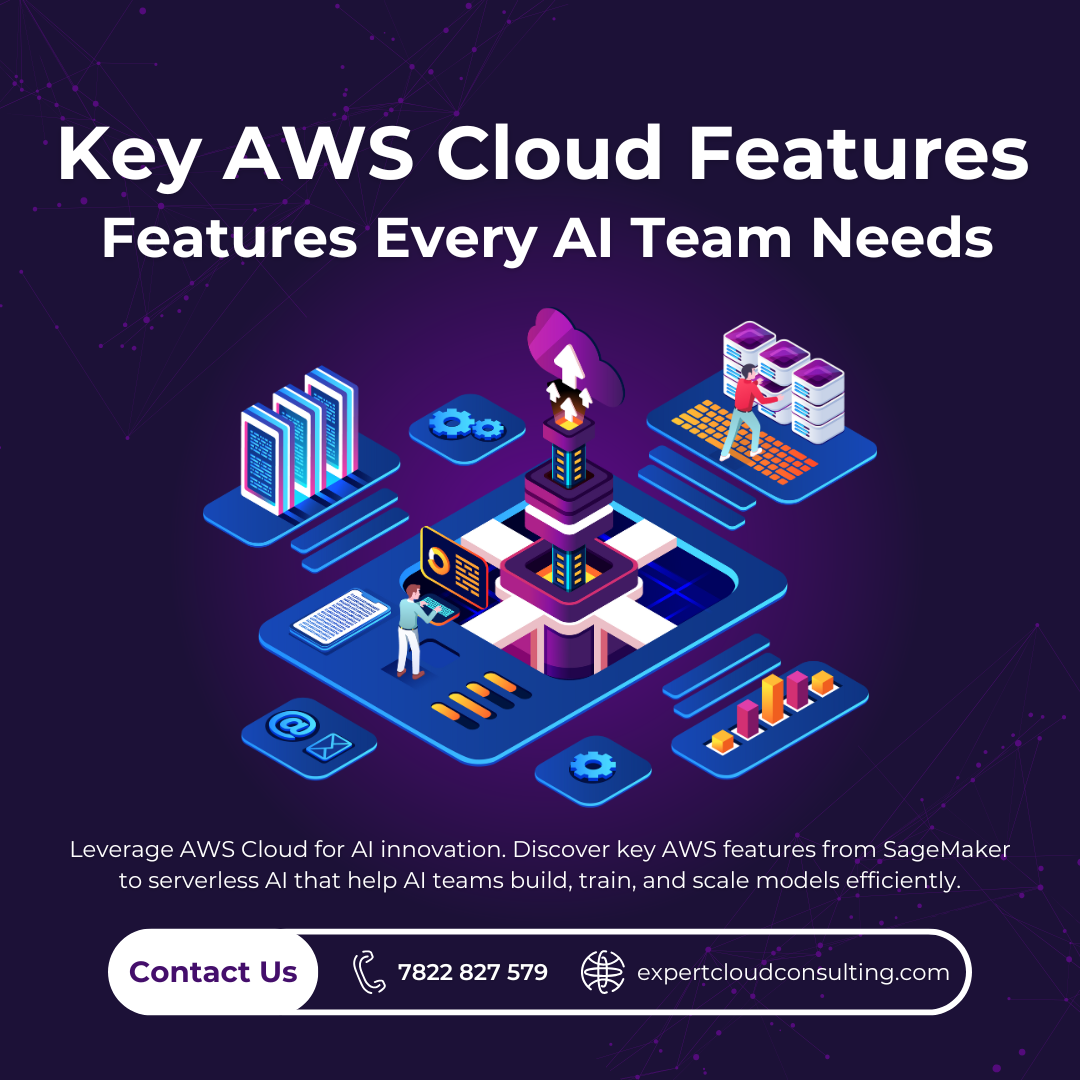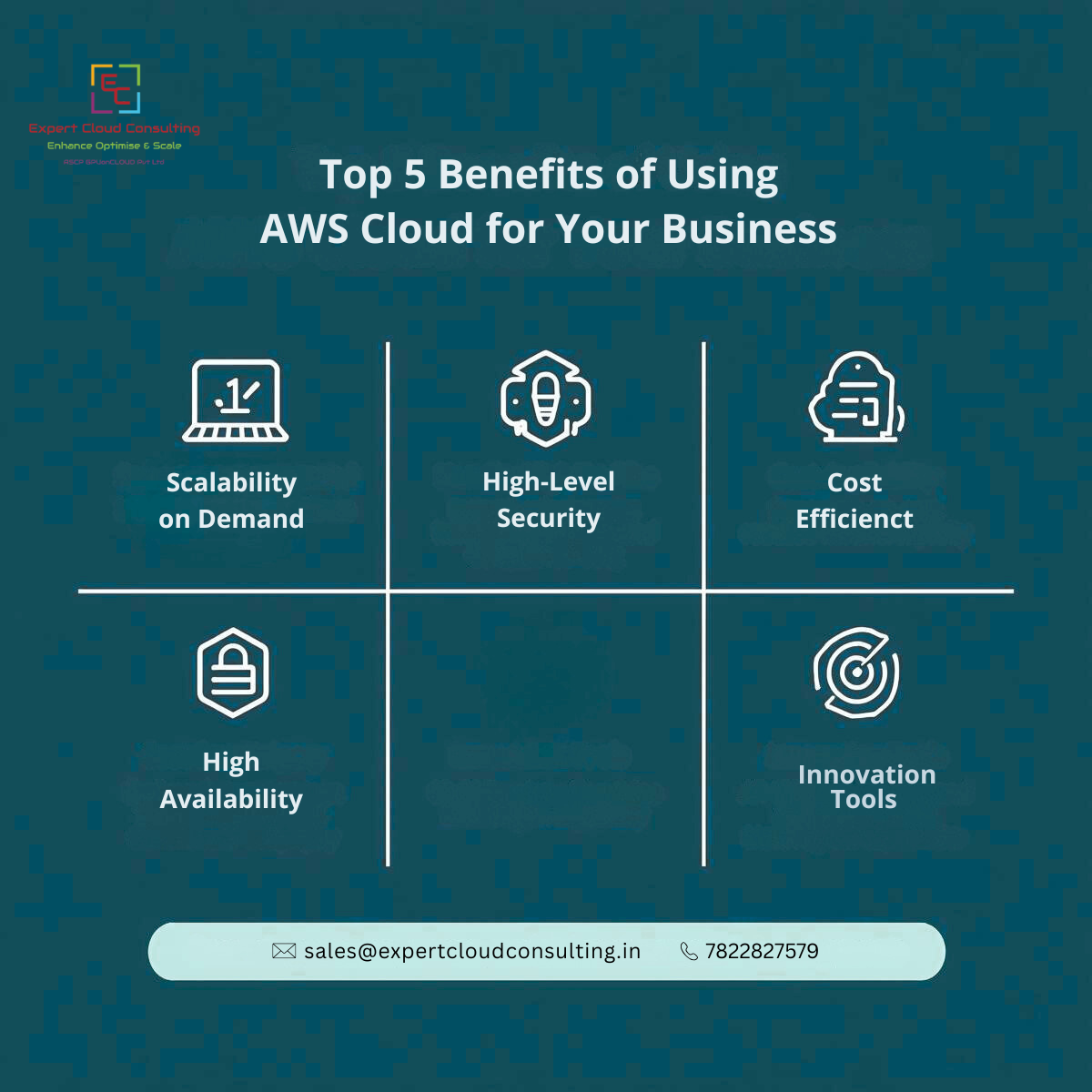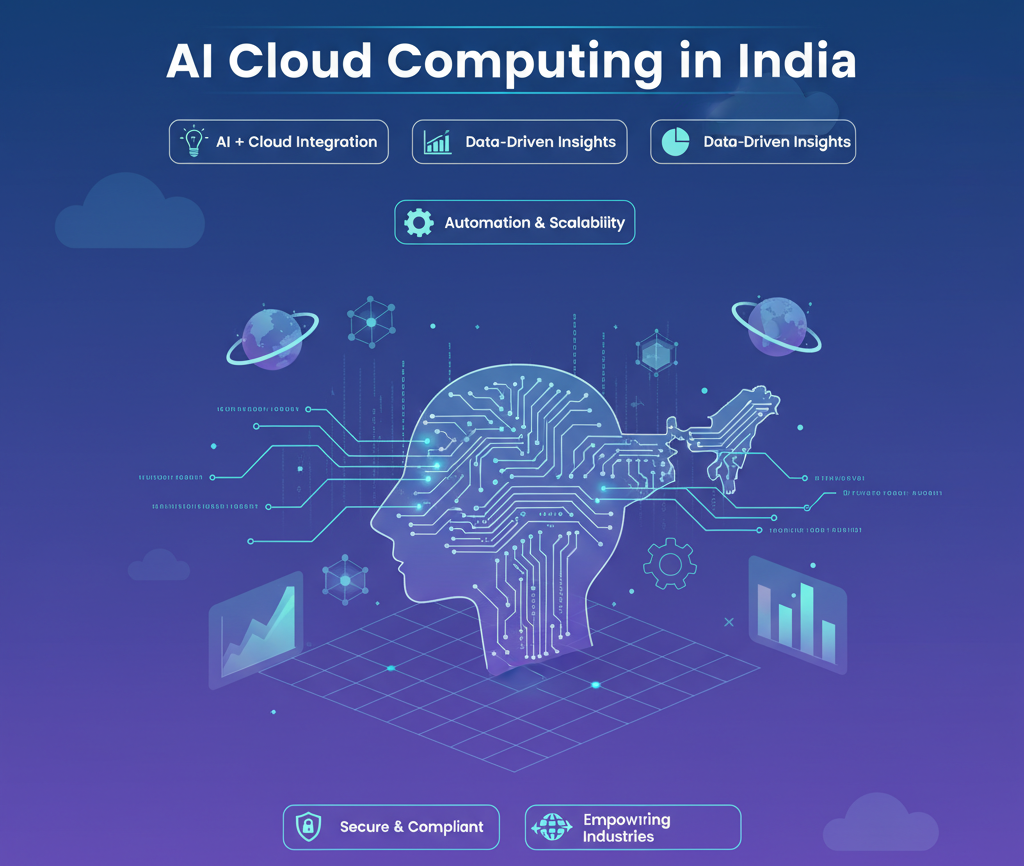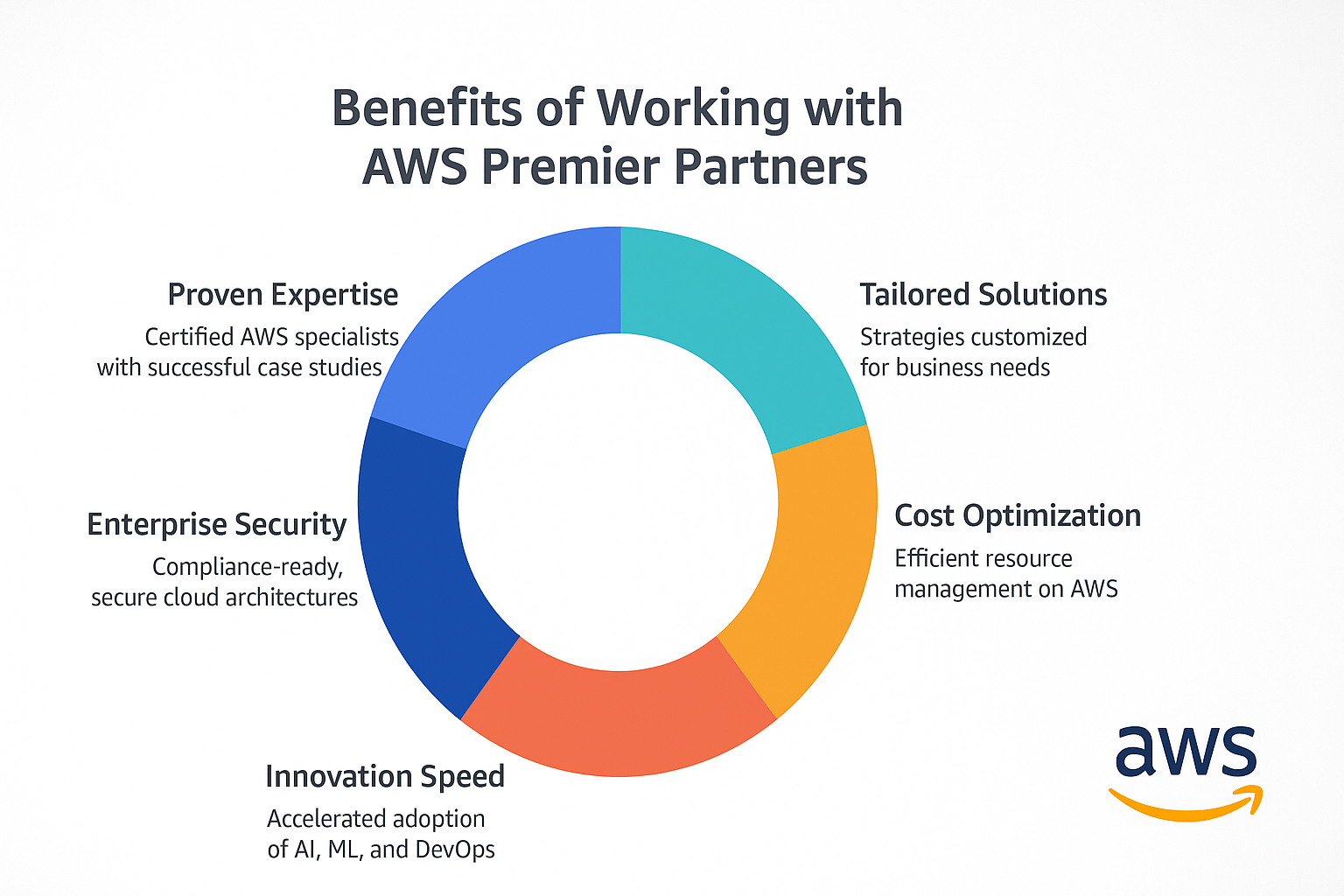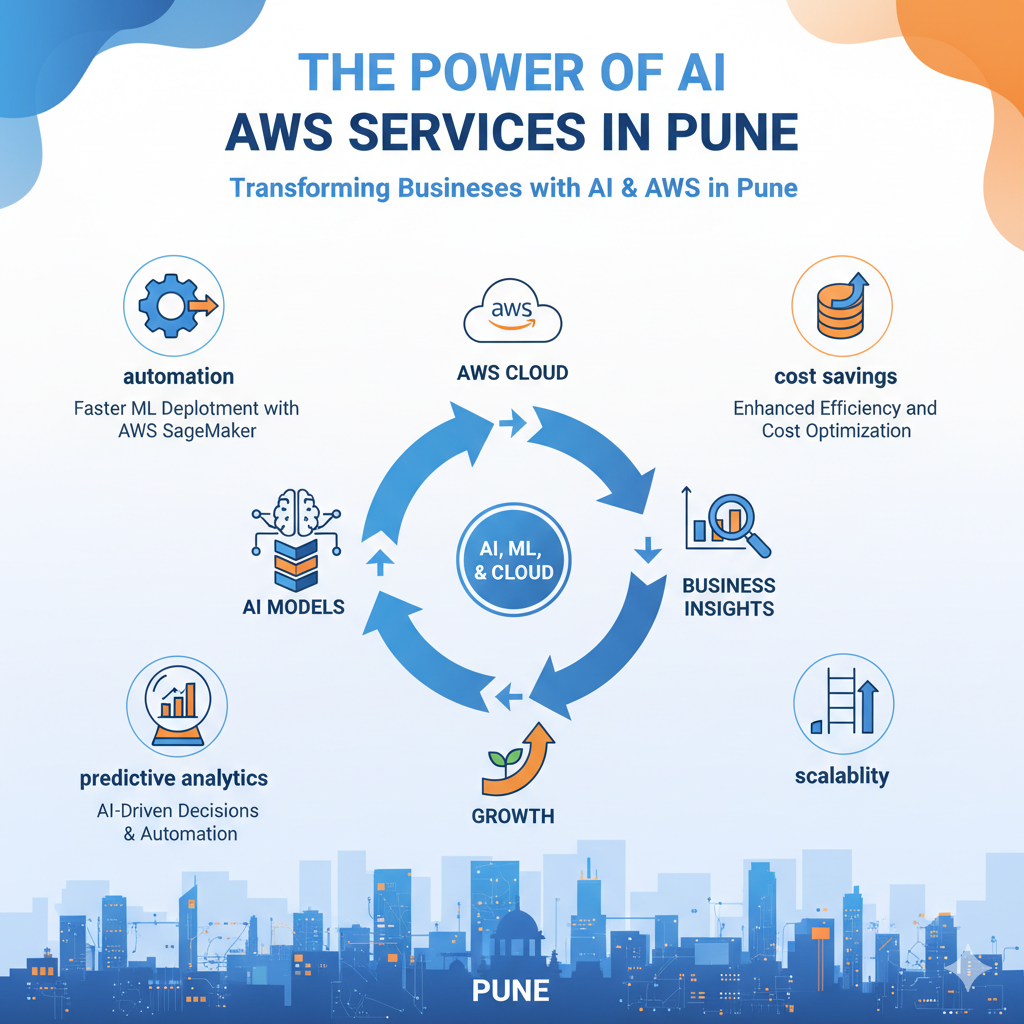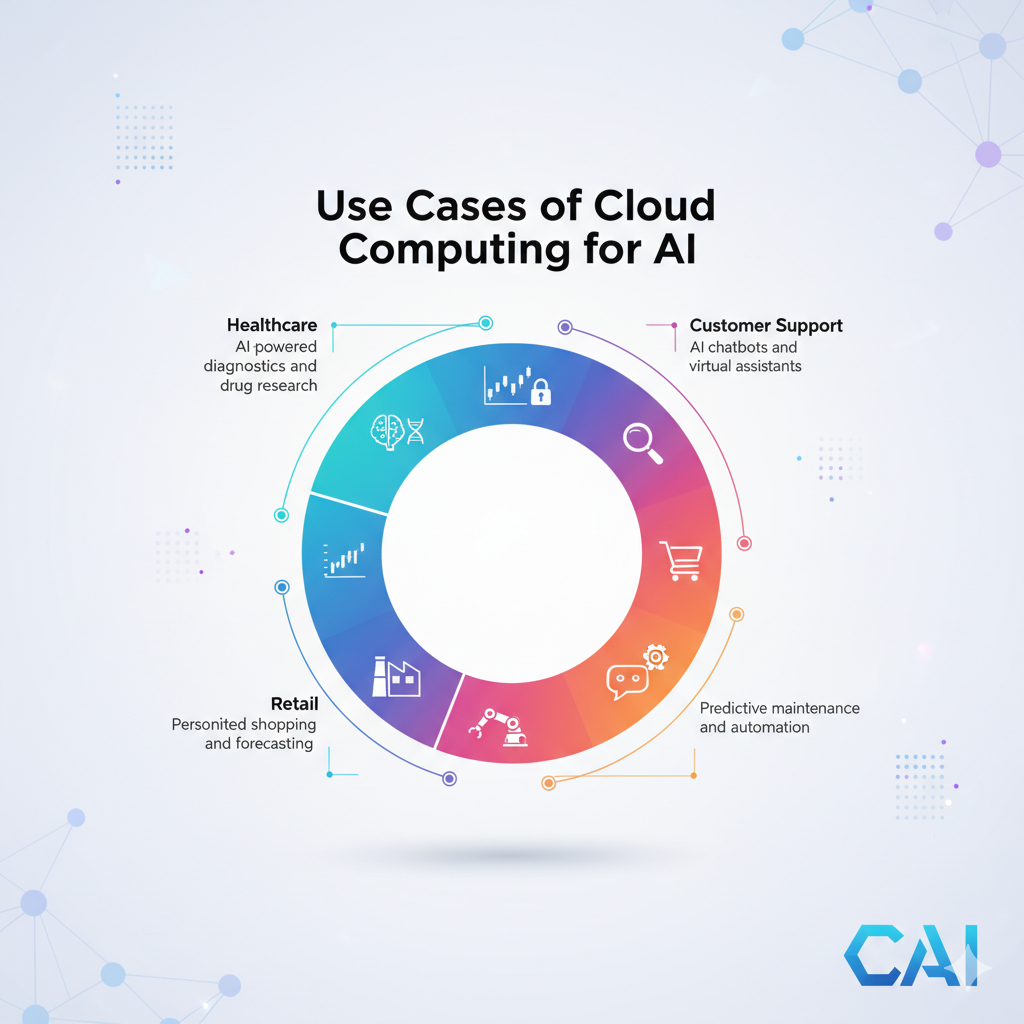Introduction:
Are you fed up with working with huge, monolithic software programs that seem to be an endless puzzle? In this blog article, we'll demystify complexity and introduce you to the world of microservices, a cutting-edge approach to software development that streamlines maintenance, scalability, and development. Let's get started!
How Do Microservices Work?
Microservices are small, autonomous, and self-contained software building blocks that can be combined to form robust applications, much like LEGO bricks for building structures. Instead of a single, bulky block of code, you now have a number of smaller, more manageable parts.
Modularity: Consider every microservice as a piece of a puzzle. Pieces can be added, subtracted, or changed without changing the overall composition.
Independence: Every microservice moves to the beat of its own drum. They are resilient since they don't rely on one another's inner workings.
Scalability: Do you require extra power? Just the portions of your application that require it should be scaled up.
Diversity: Blend and match technologies to meet the requirements of each microservice.
Speed: Smaller teams can create and use microservices more quickly. How Do Microservices Function?
Microservices converse via APIs, much like students exchanging notes in a classroom. Everything remains orderly and loosely connected thanks to these clearly defined interfaces.
Challenges and Solutions
Complexity: Managing numerous services might be challenging, but it is manageable with the right tools and procedures.
Testing: To make sure everything works together, both individual and integrated testing are crucial.
Monitoring: Use reliable monitoring systems to keep an eye on all those moving elements.
Implementing Microservices Effectively:
Define Clear Boundaries: Clearly define the scope and responsibilities of each microservice to ensure they align with specific business functions.
Design for Independence: Ensure each microservice can operate independently, minimizing dependencies on other services.
API-First Approach: Design robust and well-defined APIs to facilitate seamless communication between microservices.
Decentralized Data Management: Each microservice should have its dedicated data storage, reducing complexity and improving performance.
Monitoring and Logging: Implement comprehensive monitoring and logging systems to track the performance and health of microservices.
Automated Deployment: Use automation for deployment, testing, and scaling to streamline the development and maintenance processes.
Real-World Example :
Microservices have been adopted by businesses like Netflix, Uber, and Amazon to create scalable, robust, and dynamic systems.
Conclusion
In the world of software development, microservices represent a breath of fresh air. They make the process simpler, enabling you to easily build reliable and scalable apps. Adapt software architecture to the future, one microservice at a time!
Ready to simplify your software development journey? Explore the world of #Microservices today!
#SoftwareDevelopment #MicroservicesSimplified #Innovation #Tech




